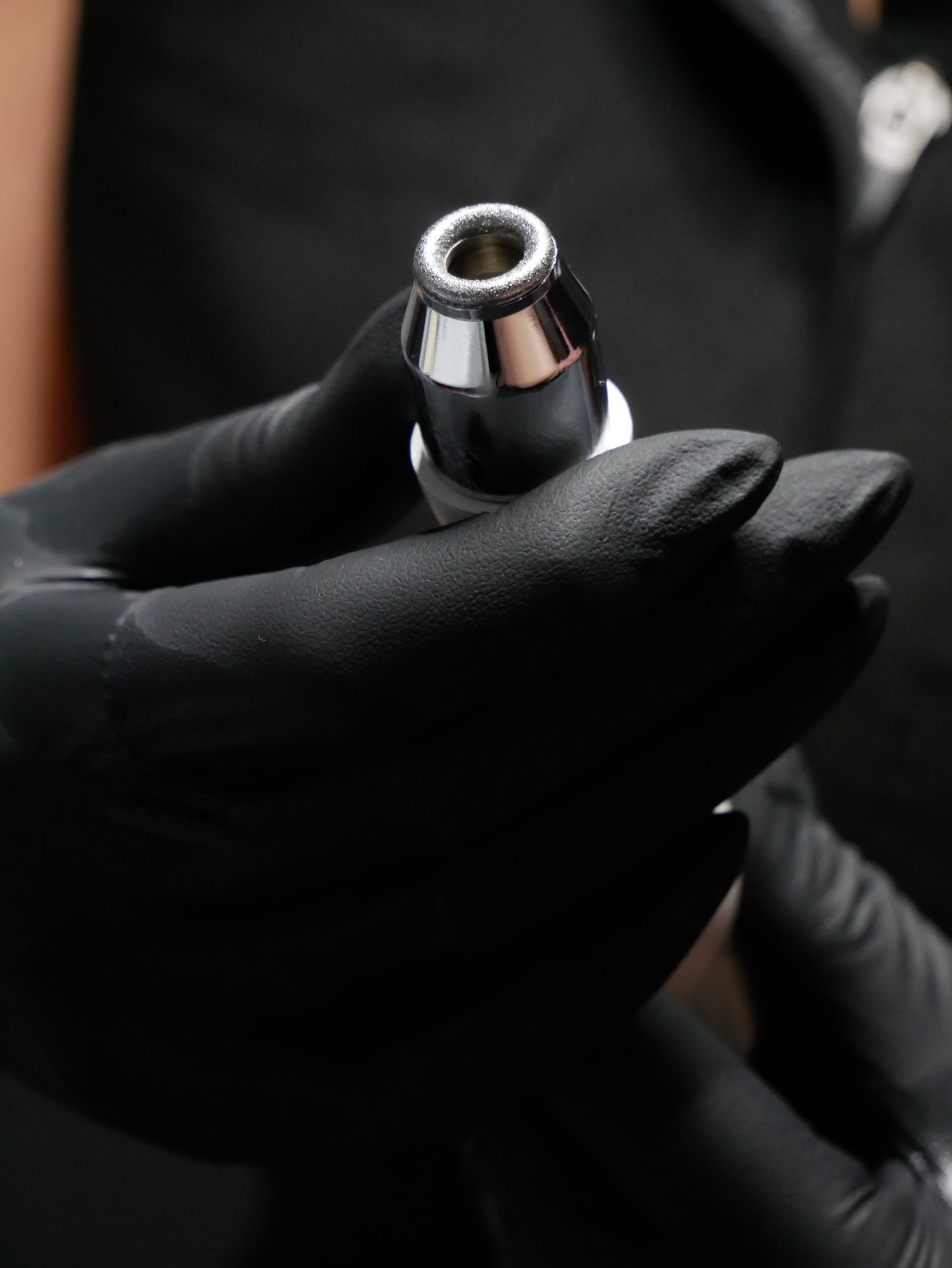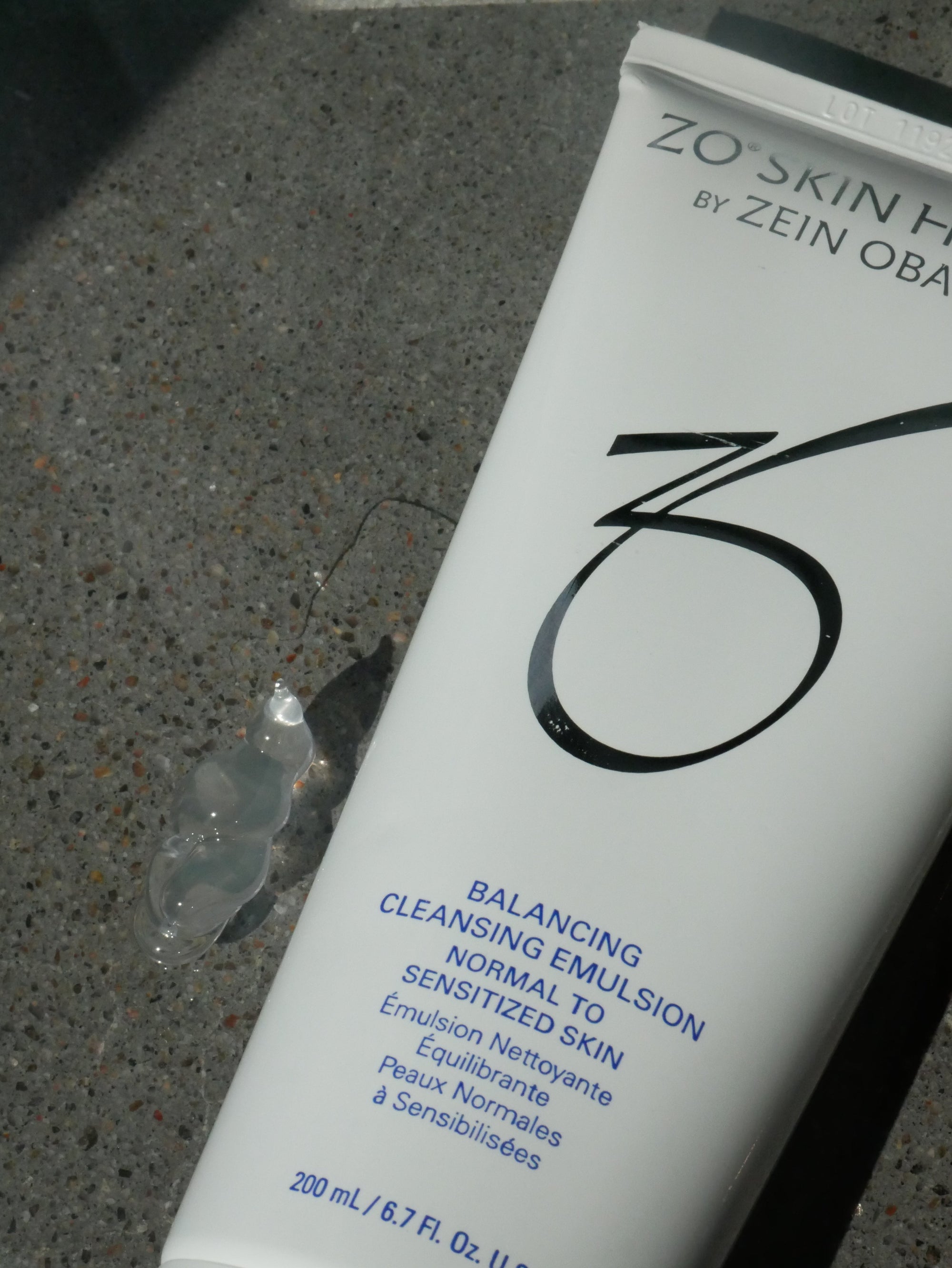Melanocytes play a crucial role in skin pigmentation by producing melanin, the pigment responsible for the color of our skin, hair, and eyes. However, internal and external factors can disrupt their functioning, leading to hyperpigmentation.
This article explores the role of melanocytes in hyperpigmentation, its causes, its reactions, as well as effective treatments and active ingredients to mitigate its effects.
Melanocytes: What are they?
Melanocytes are specialized cells located primarily in the epidermis, the outermost layer of the skin. Their main function is to produce melanin, which protects the skin from the harmful effects of UV rays from the sun. Melanocytes absorb these rays and convert light energy into heat, thereby reducing the risk of cellular damage.
2. Hyperpigmentation: Causes and Reactions
- Causes of Hyperpigmentation
Solar Exposure: Excessive exposure to UV stimulates melanocytes to produce more melanin, which can lead to sunspots and an uneven complexion.
Inflammation: Conditions such as acne, eczema, or other skin irritations can cause post-inflammatory hyperpigmentation (PIH) when melanocytes react to inflammation by producing more melanin.
Hormones: Hormonal fluctuations, particularly during pregnancy or when taking contraceptives, can lead to a pregnancy mask (chloasma) or other forms of hyperpigmentation.
Aging: With age, melanin production can become irregular, leading to age spots.
Irritating Products: Some cosmetic products or aggressive treatments can cause irritation, thereby stimulating melanin production.
- Reactions of Melanocytes
When exposed to stimuli (such as sunlight or inflammation), melanocytes respond by producing more melanin to protect the skin. However, this overproduction can lead to an accumulation of melanin in certain areas, causing dark spots or discoloration.
3. Treatments to Stop Hyperpigmentation
- Topical Treatments
Hydroquinone: A bleaching agent that inhibits melanin production. It is often used to treat pigmentation spots, but must be used under medical supervision due to its potential side effects.
Alpha-Hydroxy Acids (AHA): Used to exfoliate the skin and promote cell renewal. They help reduce the appearance of spots by encouraging the removal of pigmented skin cells.
Beta-Hydroxy Acids (BHAs): Like salicylic acid, they penetrate the pores and help reduce acne-related hyperpigmentation.
Retinol: A derivative of vitamin A that stimulates cell renewal and collagen production, helping to reduce pigmentation spots and improve skin texture.
- Professional Treatments
Chemical Peels: Use acids to exfoliate the upper layers of the skin, thereby reducing hyperpigmentation.
Intense Pulsed Light (IPL) Laser: Targets pigmented spots by destroying melanin without damaging the surrounding skin.
Microdermabrasion: Gently exfoliates the skin, promoting cell renewal and improving skin texture.
4. Assets and Their Operation
- Vitamin C
- Kojic Acid
- Niacinamide
- Plant Extracts
Like licorice or blackberry extract, which have brightening and soothing properties.
In conclusion, melanocytes are essential for skin pigmentation, but internal and external factors can lead to hyperpigmentation. By understanding the causes and reactions of melanocytes, as well as the available treatments, it is possible to mitigate the effects of hyperpigmentation and improve skin health.
If you would like to learn more about hyperpigmentation treatments or receive personalized advice, feel free to consult our team of skin care experts.


